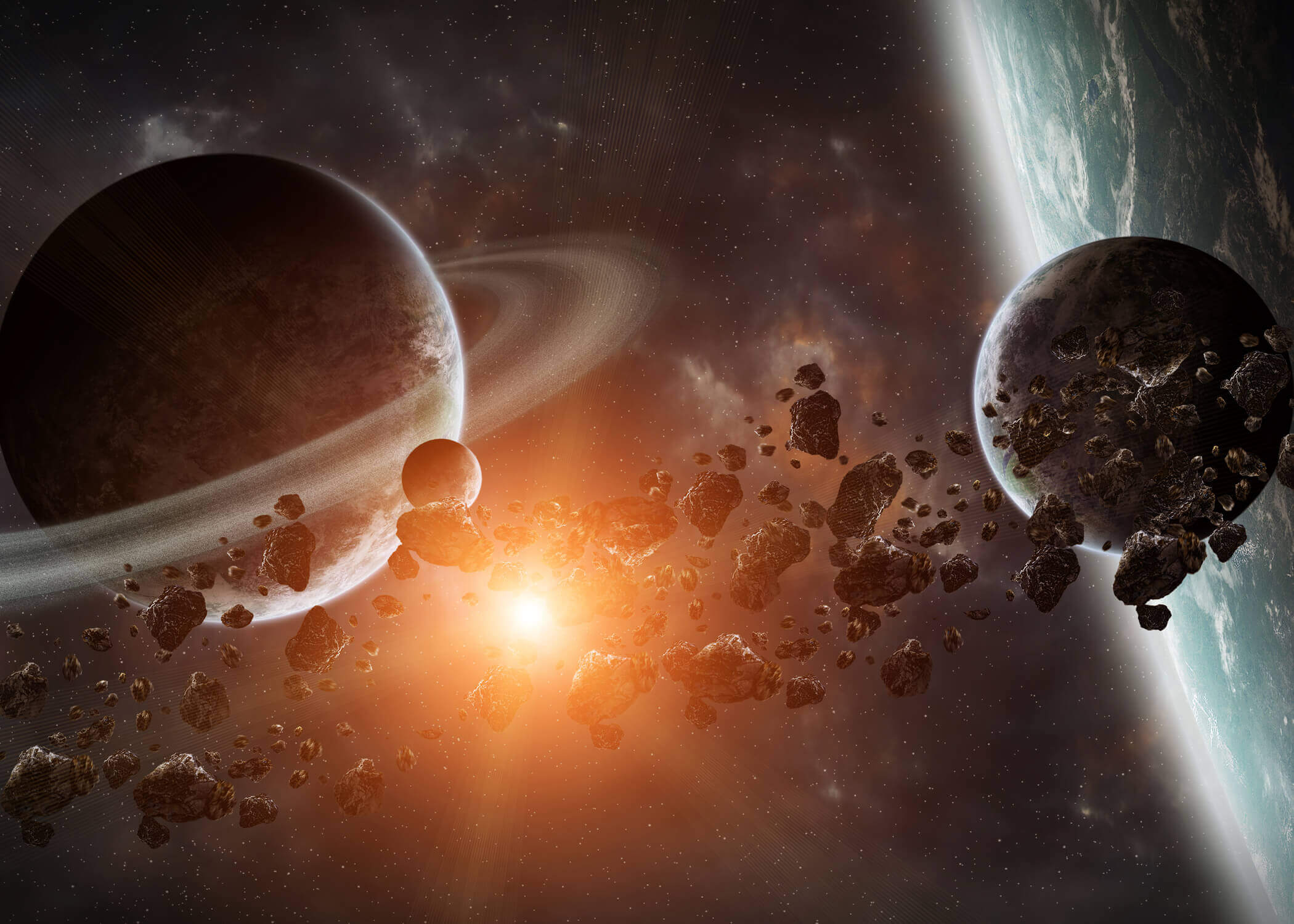
-
The brightest star in our sky is called Sirius A, which is relatively close to our planet (8.6 light years). If Sirius A was placed next to our sun, Sirius A would outshine it more than 20 times over.
-
A light year abbreviated "ly" is a unit of length used to express astronomical distances. It is approximately 9 million million (trillion) kilometers.
-
The speed of light is approximately 300,000 km/second.
-
The moon is only 384,400 kilometers away from the Earth.
-
The longest distance between two points on the Earth is estimated to be 20,036 kilometers.
-
The sun's light takes about 8 minutes to reach the earth after it has been emitted from the sun's surface. The time it takes for light to reach planets in our solar system varies from about 3 minutes for Mercury to about 5.3 hours for Pluto.

The Big Bang And The Expanding Universe
Modern science explains the creation of the universe by the “Big Bang theory”, which is supported by observational and experimental data gathered over decades. According to the Big Bang theory, the whole universe was initially one mass then there was a huge explosion, which resulted in the formation of galaxies out of agglomerated clouds of celestial matter in a smoke or gaseous form.
n 1925, American astronomer Edwin Hubble provided observational evidence that stars are moving away from each other, which implies that galaxies and the whole universe is expanding. Surprisingly, the Quran mentioned clearly the expansion of the universe fourteen centuries ago. In addition, it mentioned many facts about the creation of the universe, the orbital motion of the sun and the moon, and the formation of day and night.
